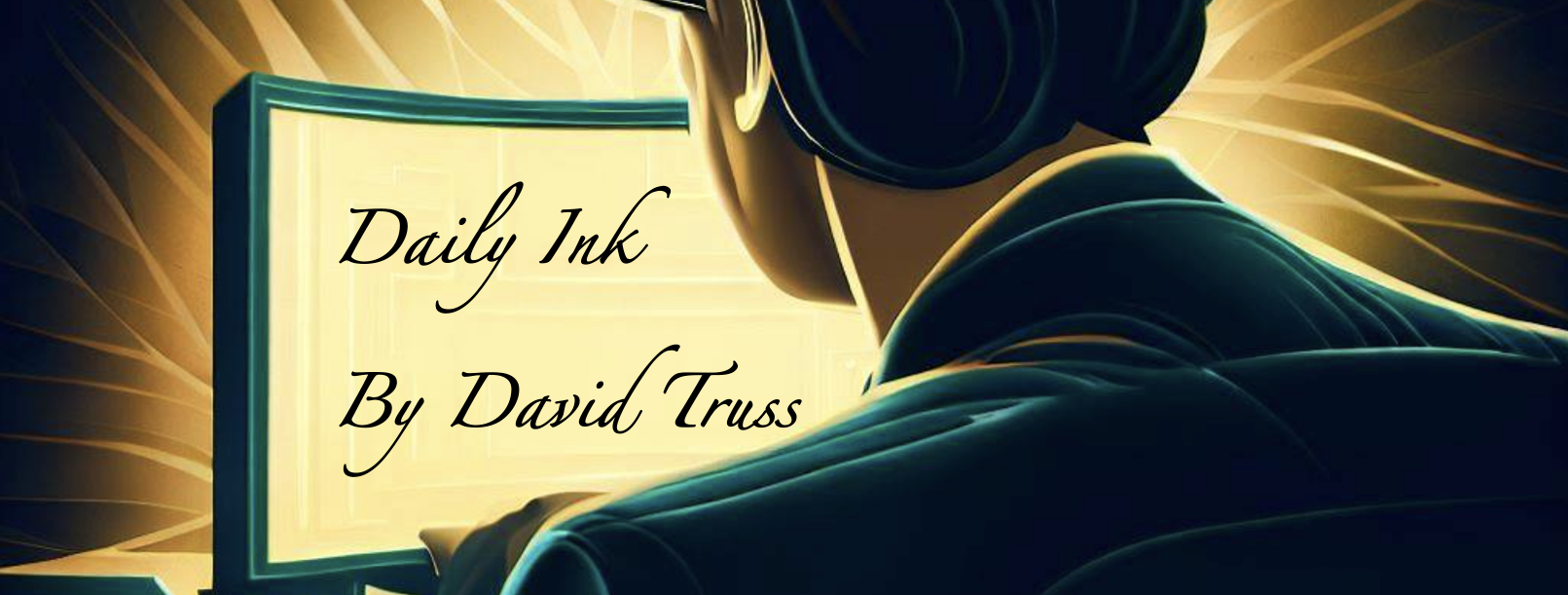“Lose 25 pounds in a month.”
“Earn $1,000 a day.”
“Look 10 years younger.”
“Discover your potential.”
“Live the life of your dreams.”
“Anything is possible…”
…But none of it is attainable for the vast majority of people. The plans are made to look simple, but the goals are lofty, and the path to success is anything but easy. How many of us are excessively rich, looking and feeling healthier and younger than we are, and living our ideal dream life? We aren’t going to get all these things from some motivational speaker or some club membership or program. As Derek Sivers says,
“If [more] information was the answer, then we’d all be billionaires with perfect abs.”
It’s amazing how easy it can sound, but real, incremental, and meaningful change often takes two things:
- Consistent effort.
- More time than you think.
I’ve written about my healthy living goals, and the shoulder injury that I’m recovering from. In the past, an ice-pick-like stabbing pain in my shoulder would have been enough to derail my entire workout schedule. I would have stopped everything and gone into lazy mode.
Instead, my treadmill run, which bounced my shoulder too much, became a stationary bike ride; my weights set became a core strength set. My other routines remained as well. I think this happened because I am not on some crazy, unrealistic path to health goals I’ll never achieve. I’m on a slow, attainable path, that I want to maintain.
Here is the path that worked for me:
Adapt, Adjust, and Amplify.
It wasn’t easy at first, and it was not going to happen overnight. There wasn’t a romantic appeal, it wasn’t sexy or overly inspiring. It took patience. And unlike the fads and crazes, it lead to significant change over time.
1. Adapt – The definition of insanity is doing the same thing over and over and expecting a different result. If at first you don’t succeed, try something different. I made changes that were realistic and sustainable. Twenty minutes of cardio – totally doable to fit into my schedule. Before, I’d incrementally move that up to close to an hour. Now, I can put in over an hour on the basketball court, running hard, even though I haven’t done more than a 25 min. hard cardio workout in over a year. I won’t win any marathons, but I’m not dumb enough to ask my body to try. I adapted a workout schedule that optimizes my fitness in a minimal amount of time.
2. Adjust – My schedule had to adjust when I started writing this daily blog before my morning workouts. I kept running out of time. Now I’m writing this at 10pm, in bed on Sunday, rather than early tomorrow morning. I write longer posts on weekends, when inspired, and keep them short, with limited writing time on weekdays. I’ve adjusted a few things along the way, each time I do so, it’s to reduce friction and to make maintaining my wellness regimen easier. A great example of an adaptation is that when I felt I was stagnating a bit on my runs, I started doing some interval training. I increased my speed for minute or minute-and-a-half intervals, and I watched my top speed increase. When I got to a good speed, one that I used to run when I was in my 30’s, I made that my new maximum for my hard days… I adjusted again, rather than pushing myself to some unreasonable goals.
3. Amplify – When things are working, I highlight them. I’m public with them on my blog, and with family and friends. This isn’t bragging, it’s holding myself accountable. When I see results from interval training, I push myself to do this more often. When I got injured, I focussed on my daily calendar, and the things I could do, rather than the things I couldn’t. By amplifying the small successes, and the commitment I made to myself, I’ve created a positive feedback loop that inspires me to keep going.
As catchy as Adapt, Adjust, and Amplify may sound, it’s the other two tips that really make this work:
- Consistent effort.
- More time than you think.
Keep going, knowing that long term goals are more sustainable than flashy weight loss or instant muscles. Low motivation or injuries will happen, they don’t need to break the pattern of consistency, they will just slow down the intensity, and the timelines to the goals that were created.
There are times to aspire to be great, and to put everything you have into success and achievement. And, there are times to focus on self care… Times to realize that mentally and physically, we need to be consistent, show up, and maintain as well as tweak, the patterns and behaviours that make us incrementally better over time. It’s not fast, it’s not glamorous, it is achievable and rewarding, as long as you are dedicated and show patience.
Like this:
Like Loading...














